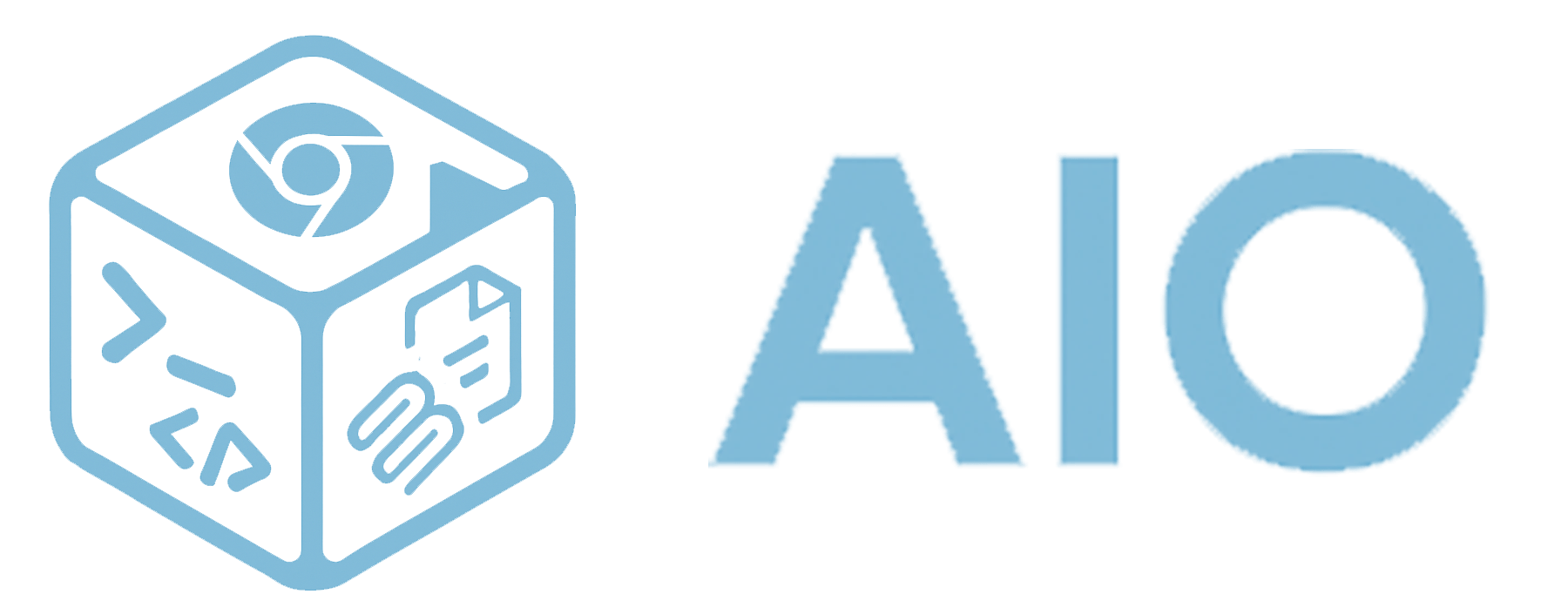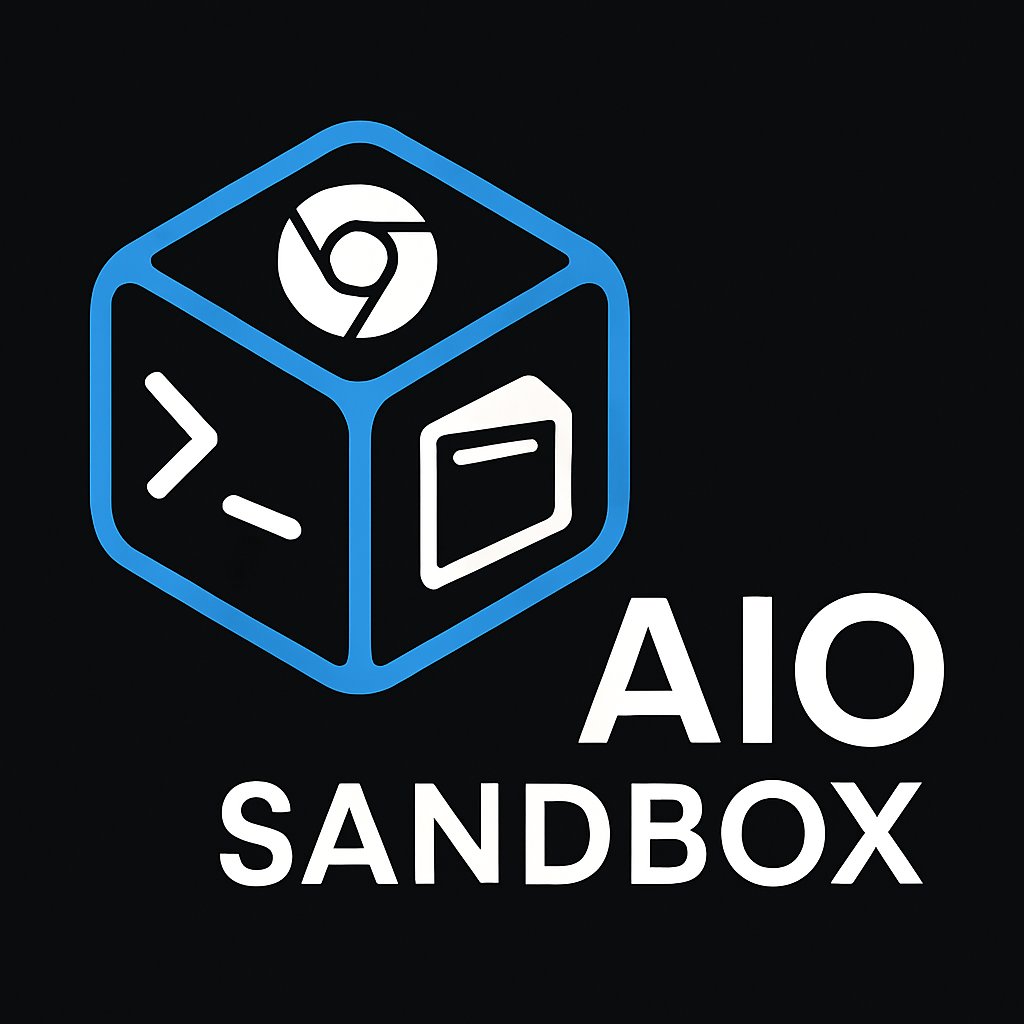Quick Start
Get up and running with AIO Sandbox in just a few minutes.
Prerequisites
- Docker installed on your system
- At least 2GB of available RAM
- Port 8080 available (or use a different port mapping)
Installation
Option 1: Run with Docker (Recommended)
Option 2: For Users in Mainland China
Use our China mirror for faster downloads:
Option 3: Custom Port Mapping
If port 8080 is occupied, map to a different port:
First Launch
After running the Docker command, you'll see the AIO Sandbox ASCII logo:
Access Points
Once running, you can access different interfaces:
| Service | URL | Description |
|---|---|---|
| API Documentation | http://localhost:8080/v1/docs |
OpenAPI documentation |
| VNC Browser | http://localhost:8080/vnc/index.html?autoconnect=true |
Remote desktop with browser |
| Code Server | http://localhost:8080/code-server/ |
VSCode in the browser |
| MCP Services | http://localhost:8080/mcp |
Model Context Protocol hub |
Quick Test
1. Test the Browser
Visit the VNC interface and interact with the desktop environment:
2. Test the Terminal
Open your browser's developer console and connect to the WebSocket terminal:
3. Test File Operations
Use the REST API to create a file:
Then read it back:
What's Next?
Now that you have AIO Sandbox running:
- Explore the Features: Check out our Features overview
- Learn the APIs: Visit the API documentation for detailed interface specifications
- Try Examples: See practical use cases in our Examples section
- Integrate with Agents: Learn how to connect AI agents in our Agent Integration guide
Troubleshooting
Common Issues
Port already in use:
Out of memory:
Connection refused:
Getting Help
- Check our troubleshooting guide for more solutions
- Browse examples for working code samples
- Review the API documentation for integration details
Ready to build something awesome? Let's dive deeper into the specific components!
ON THIS PAGE

